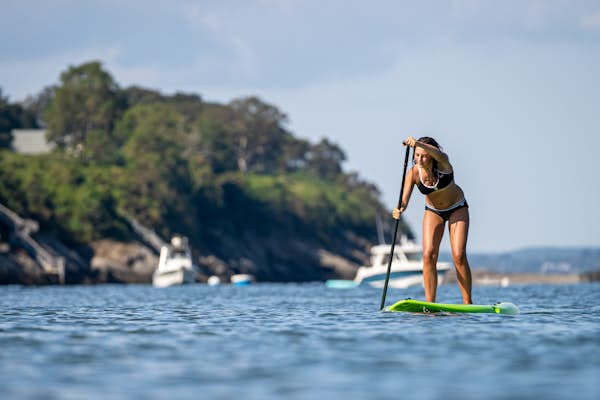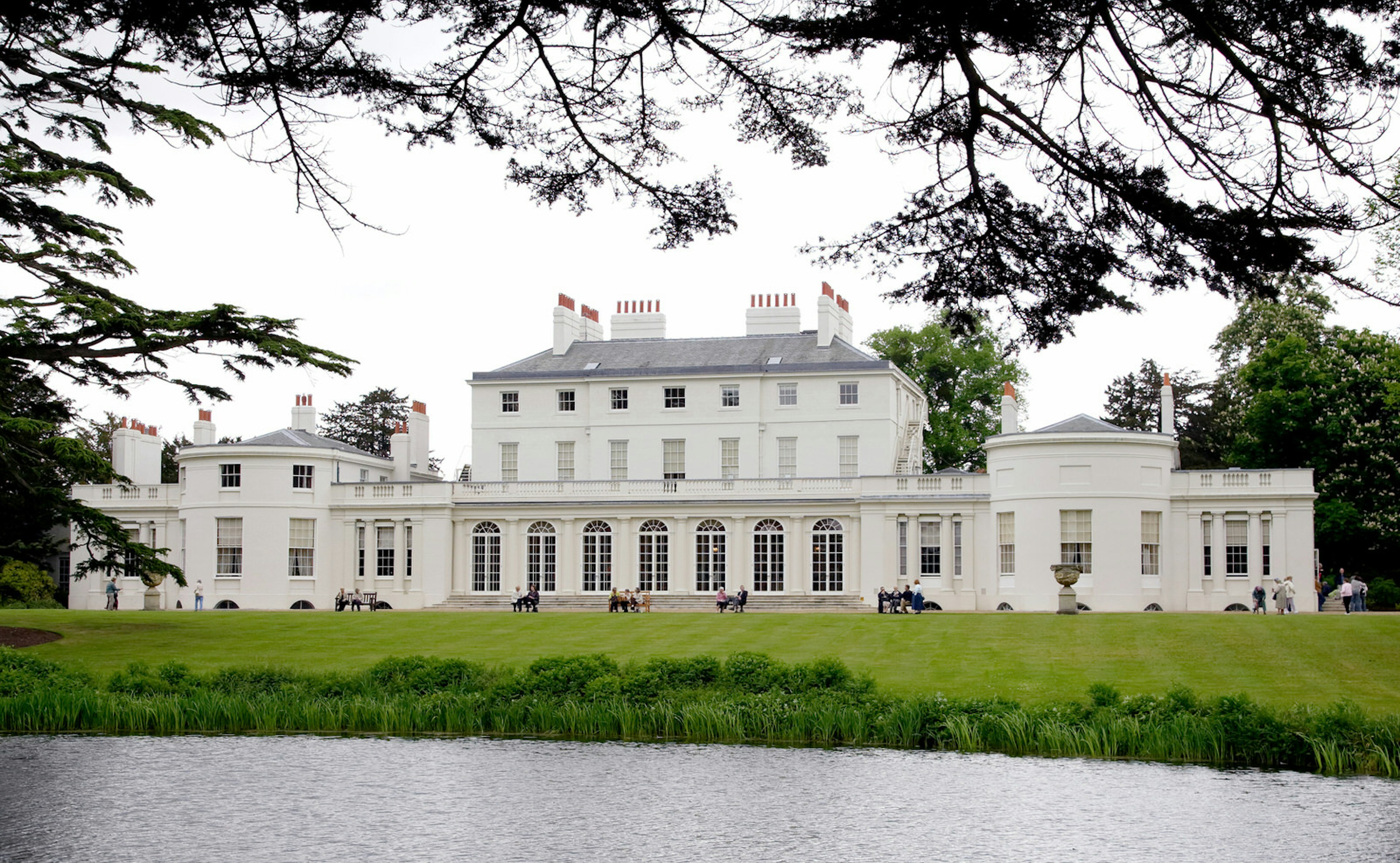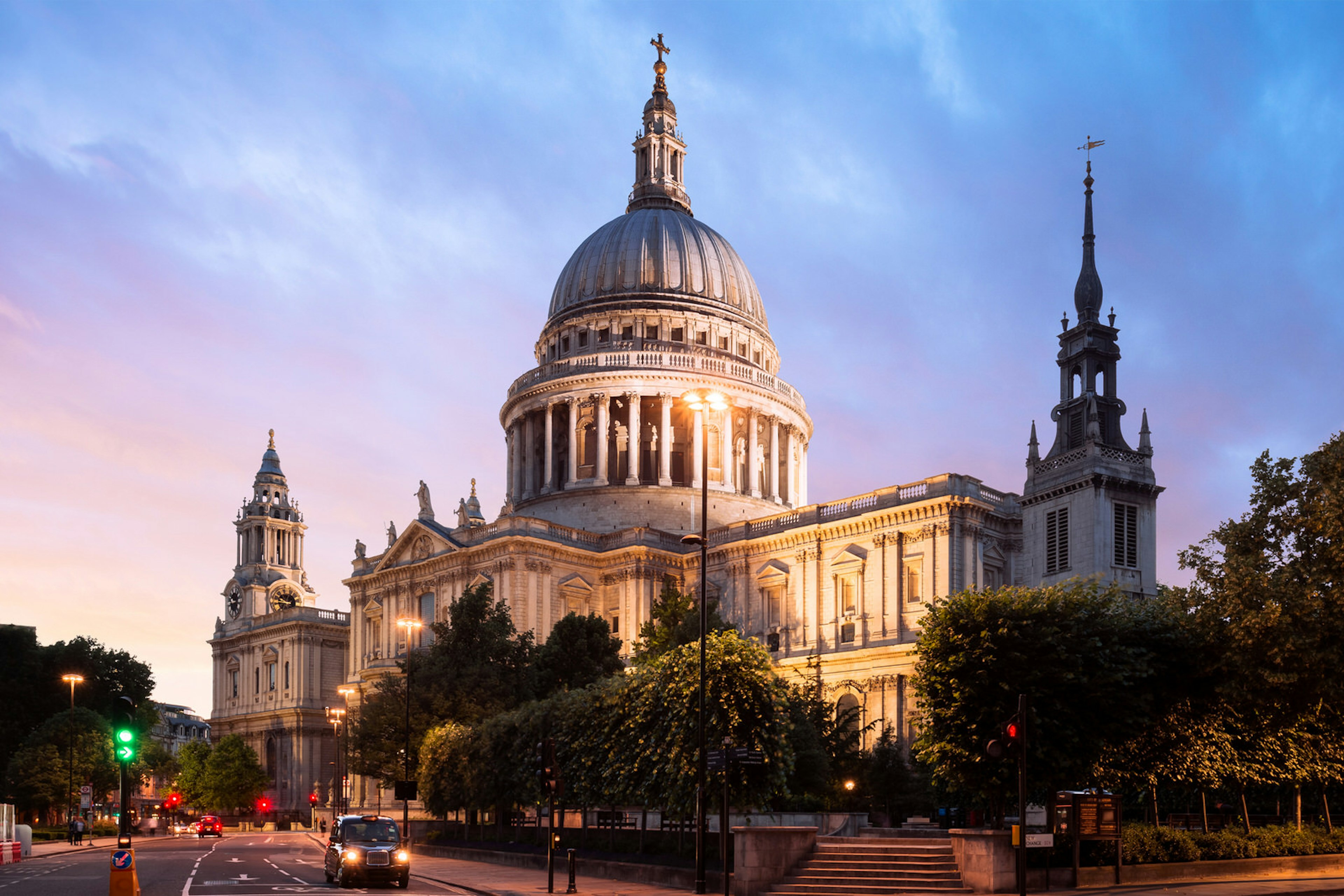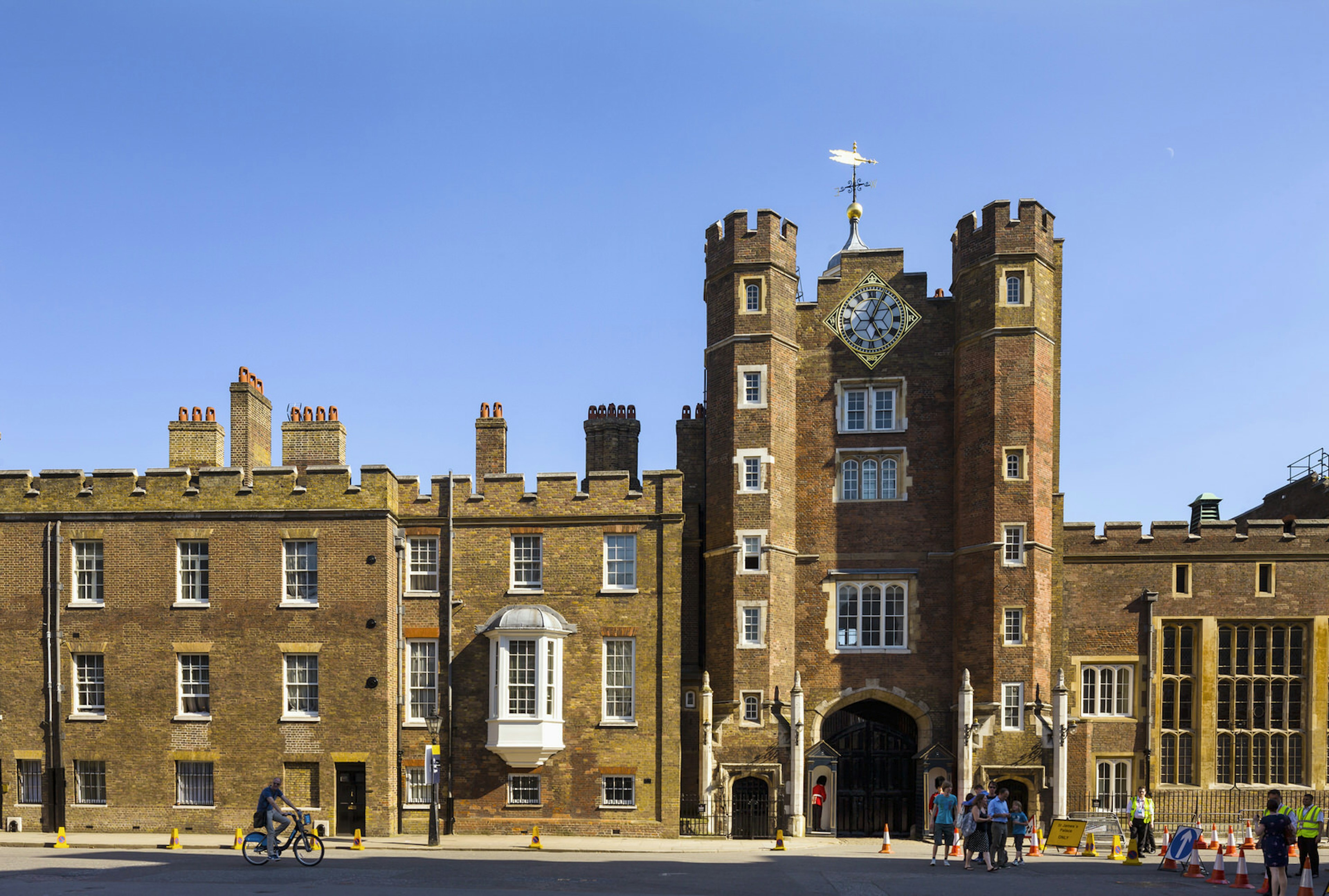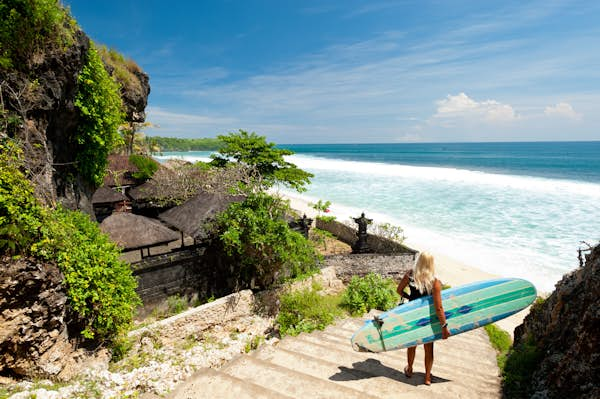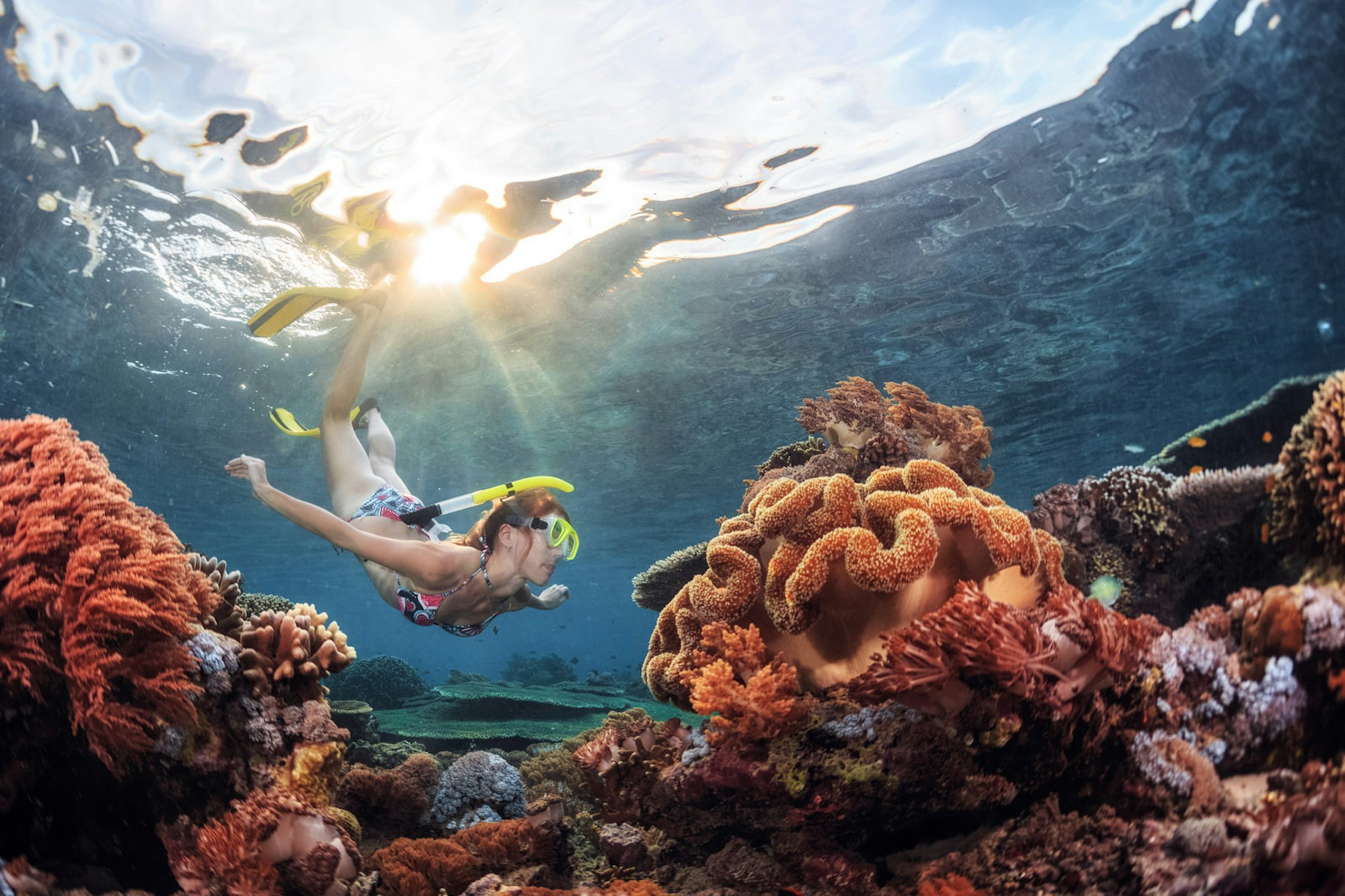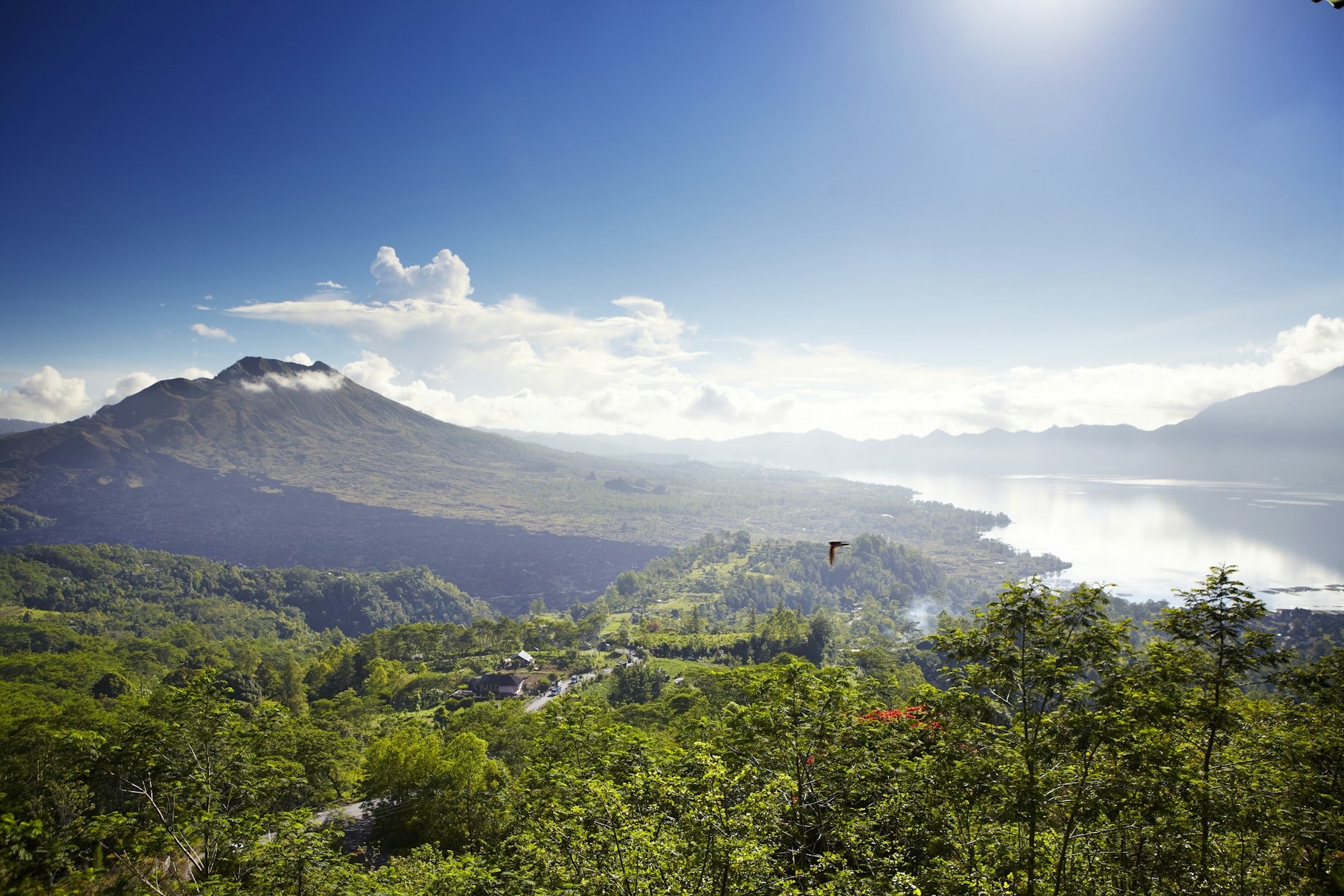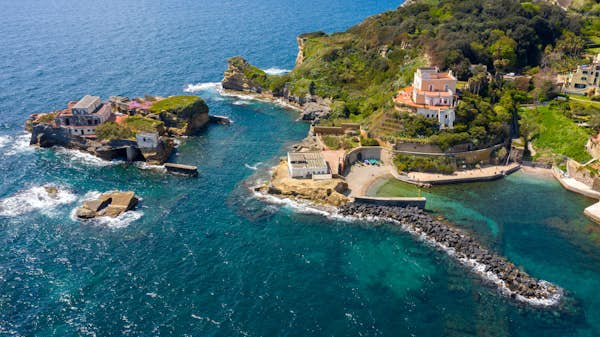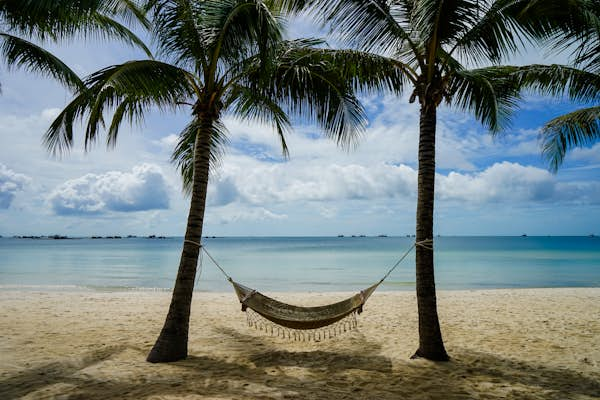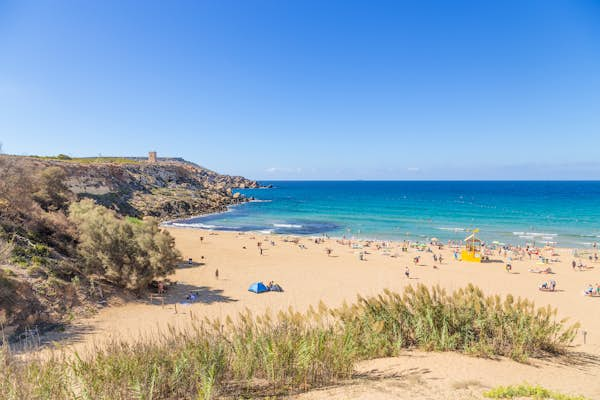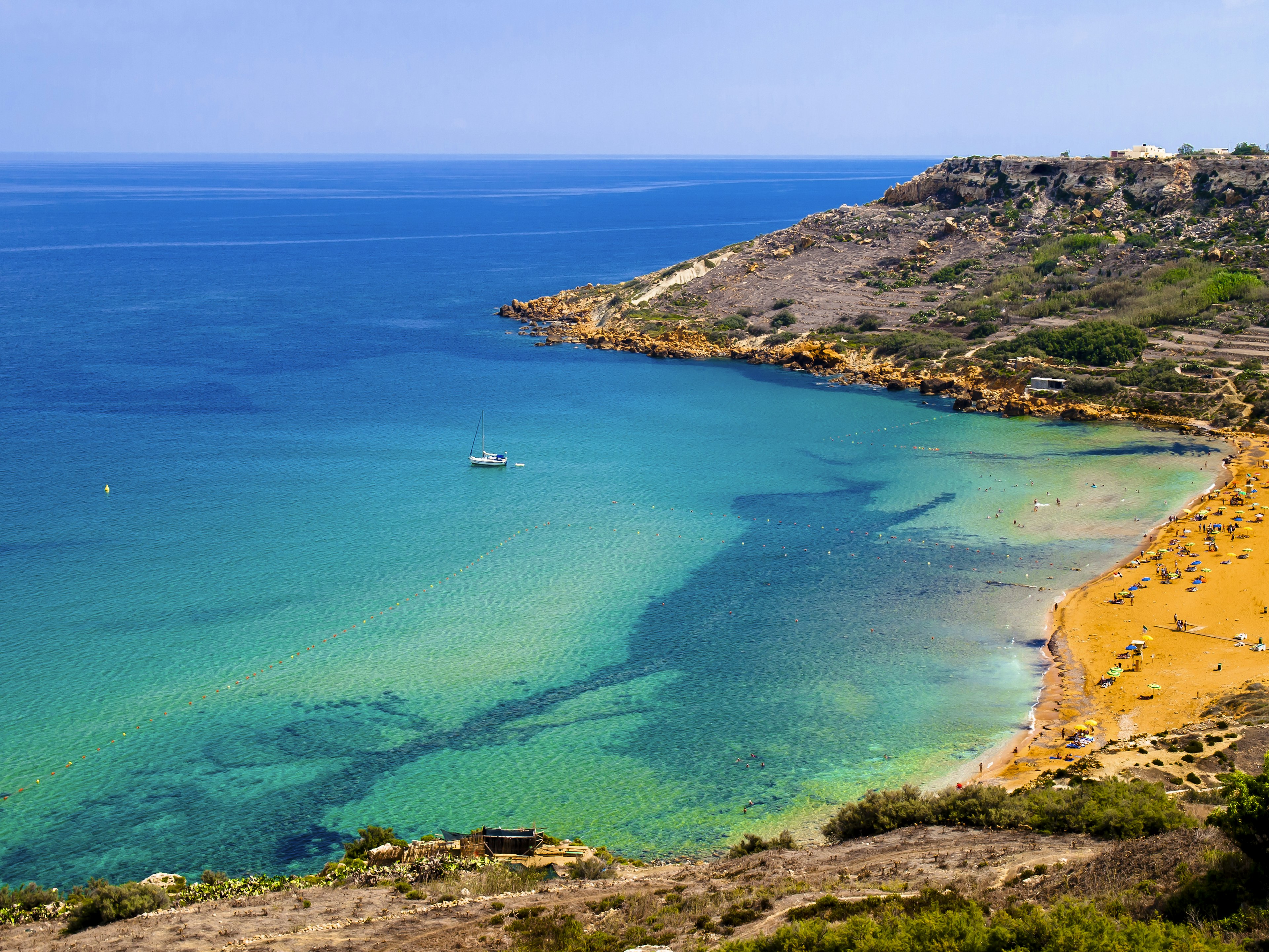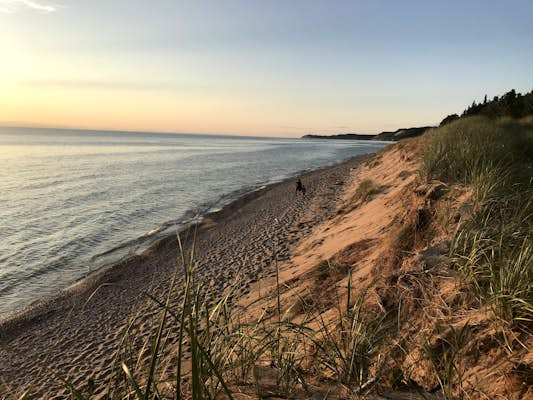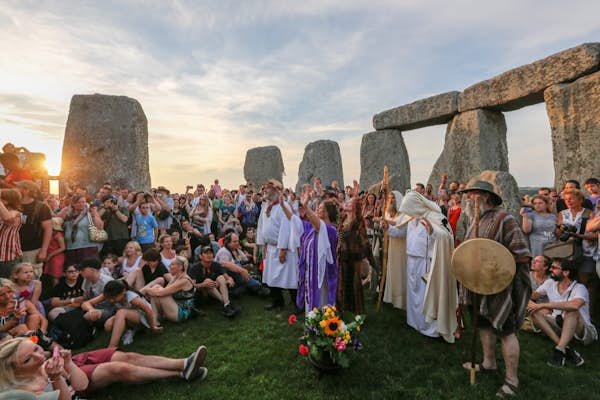Rhode Island is America’s smallest state, but it’s got plenty to offer for a great summer vacation. Here you’ll find great food, fun wineries, rich history and spectacular beaches, making it a top getaway destination not just in New England, but up and down the eastern coastline. Whether you’re a history buff, a nature lover, or simply seeking relaxation by the sea, this charming state will make you glad you came.
Summer in Rhode Island is all about embracing the outdoors. The state’s pristine beaches offer sun-soaked days of swimming, surfing, and sun-bathing. Don’t miss a visit to Newport, where you can stroll along the Cliff Walk and tour the opulent Gilded Age mansions like the Breakers. These are some of America’s most impressive mansions, legacies of railway tycoons and industrial moguls who came to Newport only in the summer, sometimes just for a week or two, yet who built mansions so decadent they’ve been used in movie adaptations of The Great Gatsby by F. Scott Fitzgerald.
There’s so much here that it’s impossible to fit into a few short paragraphs, so get out the calendar and start planning the trip. Here’s some suggestions on what to see and do.

Where to base yourself
Newport’s Second Beach
Vibes: It’s hard to beat Newport in the summer – its influx of visitors means there’s plenty of things to do while you’re here. Yes, it’s touristy, but it’s a classy crowd and it’s impossible to argue with the city’s quiet coastal charm. With the Newport mansions and the Newport Jazz Festival (held each year in August), there’s an artsyness and stately vibe that resonates beyond the beaches, bars and sunbathers.
Do: Visit the Cliff Walk, see the Breakers or the Marble House mansions, and gawk (or gag) at how luxurious, opulent, and excessive the upper 1% lived. Those who surf will want to wax up the boards and head out on some great swell.
Eat: Flo’s Clam Shack is a great spot that’s only a few minutes’ drive or a short walk away. It’s been in business since the 1930s and has cheap seafood that’s great for anyone craving a bite after a day on the beach.
Sleep: Surfers will want to check out Second Beach Family Campground. Yes, you’ll need to keep things family friendly (voices down, no drunkenness or substance abuse), but you can get up when the tide is right and literally walk to the beach.
Dig deeper with a trip to Block Island: the perfect place for a New England beach getaway
South Shore Beach
Vibes: This delightful stretch of sand offers peace and quiet, a sharp contrast to frenetic Newport and its more popular beaches. The vibe here is chill and unpretentious: mostly families with kids, couples and college-aged sunbathers who stake out spots and enjoy the white-sand, pebbles, shells and the occasional crab or skate egg case.
Do: For those non-beach-goers who enjoy boutique shopping and gourmet dining, Little Compton’s quaint village center is a good option. Browse unique shops featuring local crafts and artisan goods, then grab a bite at fresh, farm-to-table cuisine at cozy eateries.
Eat: You’ll be hard-pressed to find a better spot to grab a bite than The Barn, right in the center of nearby Adamsville, though it’s going to be crazy busy just about any time you arrive and they don’t take reservations. So just come and plan on doing the crossword or Wordle as you wait.
Sleep: Stone House Inn is a great option for those who like a grand ol’ inn, a great view and hospitable innkeepers. The building was built in the 19th century, but has been completely renovated and modernized. The wide wrap-around porches are perfect for relaxing on.
Find your favorite stretch of sand with The 6 best beaches in Rhode Island
East Beach
Vibes: This beach will probably not be for everyone, because among other things, 4×4 access is allowed at certain times of year; this activity is constrained by important nesting bird species, so 4×4 owners need to pay particular attention to the rules to avoid threatening endangered species. But because you can bring a vehicle, it’s a perfect for those who like fishing or who want to bring heavier items like kayaks. There’s great access to Ninigret Pond, a vast marine estuary that’s part of protected Ninigret National Wildlife Refuge. So paradoxically, one of the beaches most drivable is also next to a pristine protected area that’s excellent for birding and wildlife viewing.
Do: Bring a kayak, canoe or SUP and explore the estuary, where you’ll find all kinds of cool critters and birds.
Eat: The Haversham, an easy five minute drive away, is a good spot to grab a beer after a bit of fishing or recreational boating, and it’s a popular watering hole for locals and tourists alike.
Sleep: Villa Bed & Breakfast is a real deal, with quaint, nicely furnished rooms, an immaculately tended lawn brimming with flowers and great access to not just the town, but the marsh as well.

Plan your menu and choose the best places to eat
You’ll generally find decent grocery stores and a variety of mostly mid-range, American-style restaurants in the area, with the big exceptions being Newport and Providence. If you’re willing to hop in the car and head into the city, you’ll have your pick of spectacular fine dining, great Italian or other international and fusion options – but for the beach, you’ll need to content yourself with burgers, fries, fish & chips, a steak, a salad…there’s not much variety beyond typical small town New England fare. Most of the area’s fancier restaurants will accept reservations, but the beachside bars and gastropubs probably will have a line. The White Horse Tavern in Newport – housed in a building built in the 1600s – is a treat for history buffs and gourmands alike. Those wanting refinement might want to reserve a spot at the Castle Hill Inn, a resort overlooking the water with several restaurants to choose from. All of them are fancy, so you might consider dressing up.
If you’re a seafood lover, you’re in the right place. Thick and creamy New England clam chowder is a popular choice, and it sticks to the ribs after a long day at the beach. Lobster is (for anyone who grew up here!) outlandishly expensive these days (what seafood isn’t?), but it’s as popular as ever and makes for a great summer splurge. Farm Stands tend to open in June and close sometime after September, but can be a good place to find fresher produce and – in season – local corn. Those who want to can check beach regulations, get permits and have a cookout. And those with a sweet tooth might want to try Indian Pudding, a cornmeal-and-molasses treat that has its origins in the Indigenous cultures here.
Book your accommodations
Rhode Island is pretty packed in the summer, so the sooner you can make your reservations the better. You won’t find the range of budget accommodations during this time either, especially if you want to be close to the beach (and let’s be honest, the beach is why you’re coming). Some establishments will have a two (or more) day minimum stay. All that to say: if you’ll be here in late June, July, or August, book early and expect to pay more than you’d like. If you’re not a beach-goer though – or you want to come in the shoulder seasons of May and September – you’ll find that prices drop, availability increases. While some places may close the moment Labor Day arrives in early September, there’s usually some good deals to be had.
If you’re looking for spontaneity, your best bet is to try AirBnB or VRBO, which will have a wide variety of options and price points. If you’re planning to camp, you’ll (again) want to book as early as possible, as sites fill quickly.

Best things to do
See the Newport mansions
If you’re coming to Rhode Island from far away, it’s a must to stop in and be awed by the grandeur and excess of these “summer homes.” The most famous is the Breakers, constructed in the early 1890s over a span of two years. It’s a National Historic Landmark and was initially owned by the Vanderbilt family, but its creator, Charles Vanderbilt II, only had four years to spend in it before he passed away at age 55.
Have an old fashioned clam bake
You can do this in a large pot for a small family or go whole hog and dig a pit like the local Indigenous people did. First, get lobsters, clams, mussels, corn, potatoes, a bunch of hot rocks and fresh rockweed (the green stuff that looks like clown hair). Heat the rocks in a fire and put them into the pit, then layer them with seaweed. Add the veggies and shellfish, top with another layer of seaweed, and then with dirt. Let it bake for a good afternoon, 3-4 hours or more if there’s a lot of people. Then dig up the salt-steamed food and enjoy!
Go surfing at Second Beach
Some of New England’s best surfing breaks are here in this tiny state, and top of the list is Second Beach, which pops whenever there’s a decent south-eastern swell. It’s beginner-friendly in that there’s no reefs to wipe-out on, but it’s a crowded break nearly all summer long, so it’s important to have a good understanding of the Surfer’s Code.
Go birdwatching
The marshes, estuaries and sandy shores make for great birding, and one of the rare species you’ll see is the Piping Plover. These impressive shorebirds fly thousands of miles to nest here and will drop perfectly camouflaged eggs that are easy to step on – or drive over. For this reason, you’ll see sections of beaches roped off during nesting season. Please respect these areas, as the birds are endangered and federally protected. They’re also adorable: when the eggs hatch, the tiny marshmallow-sized balls of fluff that emerge tear around on their own within hours. And if you see a bird fluttering helplessly near you with what looks like a “broken wing,” guess what? You’re near a nest and it’s trying to lure you away. DON’T stay there – follow the bird, as people have accidentally stepped on nests while looking for them because they’re that hard to see.
How will you get there?
The closest international airport is TF Green, in Warwick, south of Providence. From there, to reach the shorelines you’ll need a vehicle. Either rent one from the many agencies there at the airport, use a rideshare service or take a train – the latter does run to Newport, but it’s a long trip via Providence, about 2 hours versus the 40 or so minutes by car. You’ll find a vehicle will be necessary to get to some of the other beaches. Parking, however, is often a hassle, requiring parking permits or daily passes. Plan on spending $25 (day) to several hundred dollars (monthly) if you’re not a resident.
What to pack
It’s easy to want to grab a quick bite somewhere on your way back from the beach, but the “No Shirt, No Shoes, No Service” signs are everywhere, so have that at a minimum if you want to eat before you get home. Bring a coverup, sandals, and – for the pricier places – even a sport coat or dress if you want to impress. Off the beach you’ll see the gamut, from casual t-shirts and shorts all the way to the occasional business suit. Though it’s not a tropical latitude, Rhode Island can get a lot of sun during a day, so bring sunscreen, apply it frequently and consider covering up with a wide-brimmed hat and sunglasses. Weather is famously changeable here, so you’d be wise to always bring a layer or two to put on if it gets chilly. And for evenings out on the beach, insect repellent is a must. For kiddos, even for adults, it doesn’t hurt to have water shoes, especially if you’ll plan on exploring the marshes, where shells and sharp grasses can cut tender feet.
